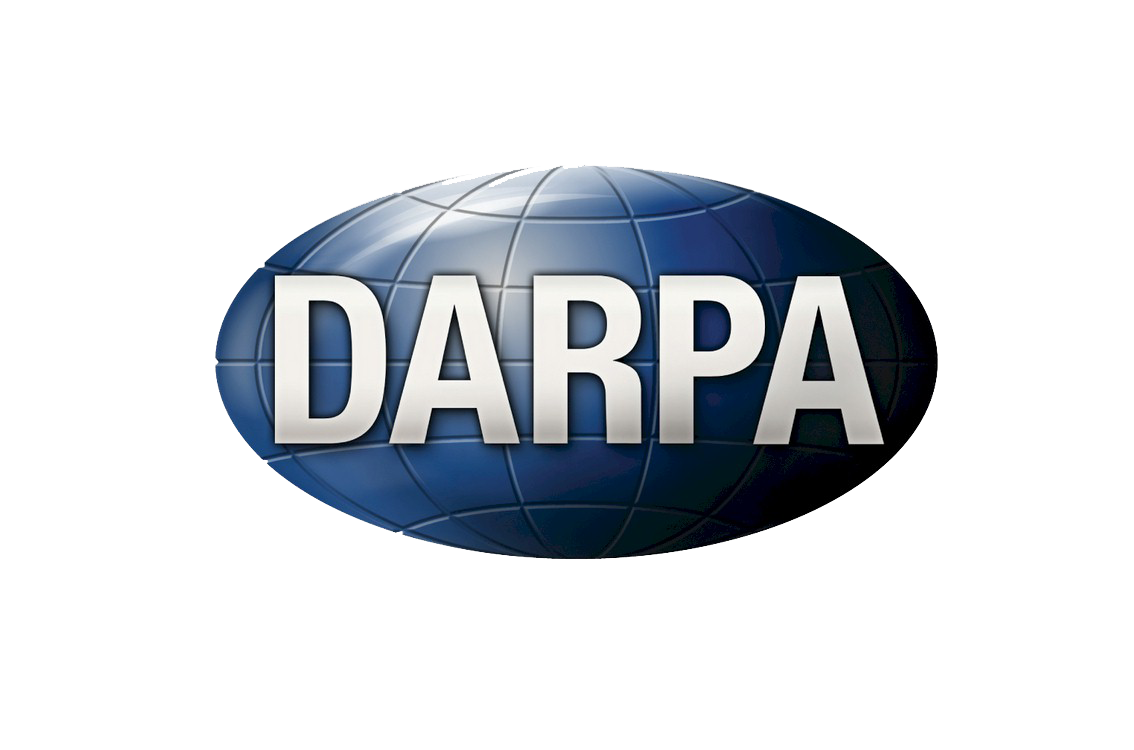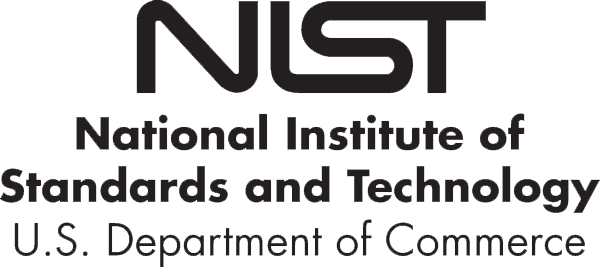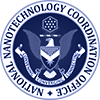Development and application of innovative methods for quantification of hexavalent chromium in soils
A team of researchers in the USGS Minerals Program is improving and expanding the available methods for direct quantification of hexavalent chromium [Cr(VI)] in solids using innovative techniques. Synchrotron-based X-ray absorption spectroscopy (XAS) is currently the best available technique for direct quantification of Cr(VI) in solids at trace (ppm) levels and in phases lacking long-range atomic order. The USGS group has developed semi-automated peak-fitting methods to overcome user bias in this approach to quantifying Cr(VI). The improved method is being applied to improve the efficiency of the Environmental Protection Agency’s (EPA’s) wet chemical extraction method for quantifying Cr(VI) in solids (3060A). The EPA method has documented inconsistencies in extracting Cr(VI) from different types of solid samples, and is only about 20% efficient at extracting Cr(VI) from soils contaminated with chromium ore processing residue.
Access to state-of-the art synchrotron facilities is extremely limited, so development of other in-situ Cr(VI) quantification techniques with the potential for widespread applicability is critical. The USGS group is currently developing surface-enhanced Raman spectroscopic methods (using Ag or Au nanoparticles coated with Cr(VI)-binding chemicals) for direct Cr(VI) determination in solids.
Chromium (Cr) is one of the nation’s most important strategic and critical elements; there is currently no substitute for it in stainless steel or in advanced material superalloys (the major commercial and strategic end uses, respectively). As a result, chromium release to the environment from these industries and from Cr-bearing alloy recycling is expected to continue. In its trivalent state, chromium is an essential micronutrient and is typically bound in insoluble minerals. In its hexavalent form, chromium is a known carcinogen, and is more likely to persist in dissolved forms. Direct determination of Cr(VI) in contaminated soil has long been a challenge because it usually represents a minor fraction of the total Cr(III). Improving current extraction methodologies and/or finding new methods to accurately measure Cr(VI) directly in solid materials will enhance the ability to monitor the impact of Cr(VI) and allow agencies to set necessary regulatory limits to protect human health and the environment.
This research is funded by the U.S. Geological Survey Mineral Resource Program, the National Institute of Standards and Technology, and the U.S. Environmental Protection Agency. Synchrotron experiments were conducted at the Stanford Synchrotron Radiation Laboratory, a Department of Energy Office of Science User Facility.
References
Improvement of a Cr(VI) extraction method for chromite ore processing residue contaminated materials; C. T. Mills, C. R. Bern, R. E. Wolf, A. L. Foster, J. M. Morrison, M. B. Goldhaber; National Environmental Monitoring Conference (2014)
Simultaneous material flow analysis of nickel, chromium, and molybdenum used in alloy steel by means of input-output analysis; K. Nakajima, H. Ohno, Y. Kondo, K. Matsubae, O. Takeda, T. Miki, S. Nakamura, T. Nagasaka; Environmental Science and Technology (2013) DOI: 10.1021/es3043559
Evaluation of hexavalent chromium extraction method EPA Method 3060A for soils using XANES spectroscopy; J. Malherbe, M.-P. Isaure, F. Séby, R. P. Watson, P. Rodriguez-Gonzalez , P. E. Stutzman, C. W. Davis, C. Maurizio, N. Unceta, J. R. Sieber, S. E. Long, O. F. X. Donard; Environmental Science & Technology (2011) DOI: 10.1021/es201002g



















